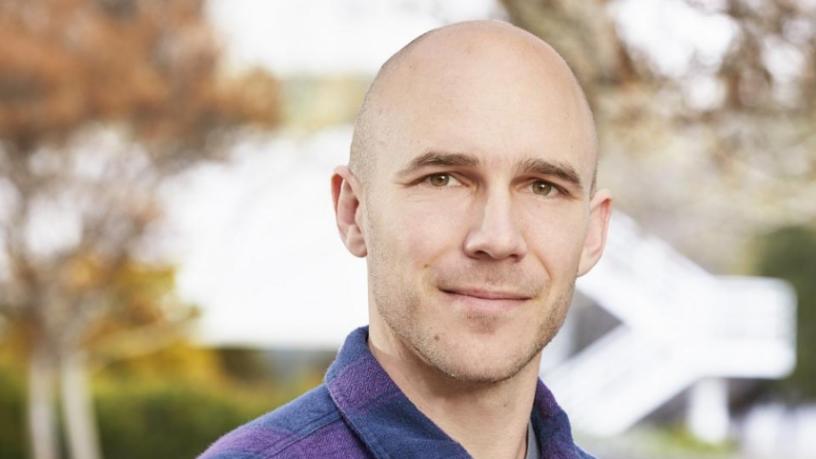Logan Joins Columbia Plasma Physics Laboratory
The APAM Department warmly welcomes Dr. Nikolas C. Logan, a new Associate Research Scientist working with Professor Carlos Paz-Soldan in the Plasma Physics Laboratory at Columbia Engineering. Dr. Logan’s work centers on magnetohydrodynamic (MHD) stability and “3D” optimizations of toroidal reactors for the design of simultaneously high performance and stable fusion plasmas.
Dr. Logan earned his PhD at Princeton University in Astrophysical Sciences - Plasma Physics in 2015. Following his PhD, he continued working as a researcher in Princeton’s ITER and Tokamaks Division until 2020. He then joined the Lawrence Livermore National Laboratory’s Fusion Energy Sciences Division as the Leader of the 3D & Stability Physics topical group at the DIII-D tokamak. He has been an invited speaker at the Annual Meeting of the APS Division of Plasma Physics in 2015, 2018, and 2022; the 2020 AAPPS-DPP 4th Asia Pacific Conference on Plasma Physics; the 2020 US-Japan Workshop on MHD Stability Control; and the 2019 KSTAR Conference.
As a fusion energy sciences researcher who works on many national-scale experimental user facilities across the world, Dr. Logan is always looking to perform impactful research that will facilitate the advent of a magnetic-confinement fusion reactor.
Dr. Logan’s personal research is defined by a through-line of optimizing the various consequences of breaking a tokamak’s axisymmetry (tokamaks are torus-shaped devices with nominal symmetry in the toroidal direction). His early work at Princeton included developing a new model of neoclassical toroidal viscosity (NTV) induced by non-axisymmetric perturbations, using predictive MHD modeling to optimize magnetic perturbation diagnostics, installing said diagnostics on the DIII-D tokamak, and leading experiments to validate the model predictions with these diagnostics. Since then, his research has expanded to encompass a wide range of experimental efforts studying resonant magnetic perturbation, stability and transport in major tokamak facilities such as EAST (China), KSTAR (Korea) and DIII-D (USA).
Dr. Logan also continues to develop and maintain the Generalized Perturbed Equilibrium Code (GPEC) MHD model used by 30+ researchers at 8+ laboratories as well as the OMFIT profile fitting tool used to analyze diagnostic data at 17+ fusion centers across the world. He continues to balance model development and experimental work to maximize his impact in the field of fusion energy sciences.
In addition to his work with Prof. Paz-Soldan, Dr. Logan also plans to collaborate with Prof. Elizabeth Paul, Dr. Jeremy Hanson, and Dr. Chris Hansen, as well as graduate students in the Plasma Physics Lab. Dr. Logan stated, “I believe that together we will create a world-leading program in 3D plasma physics that will be sought after for involvement in all major tokamak programs - both public and private. I am further excited by the prospect of training future leaders in this field and giving them the opportunity to become immediately involved in such an effective science team.”

